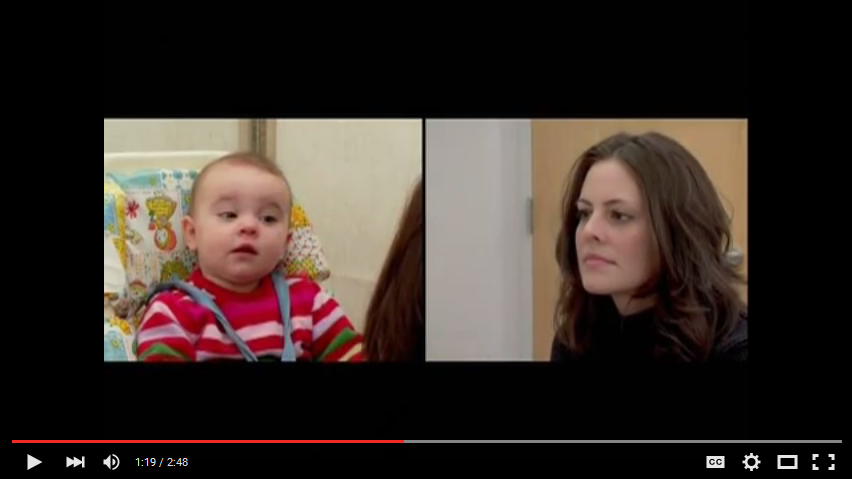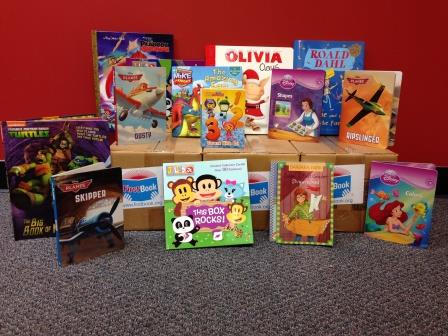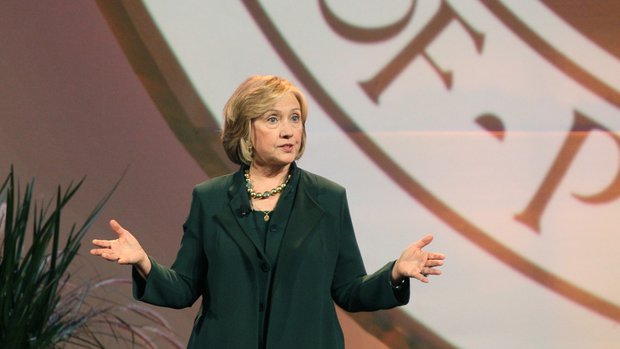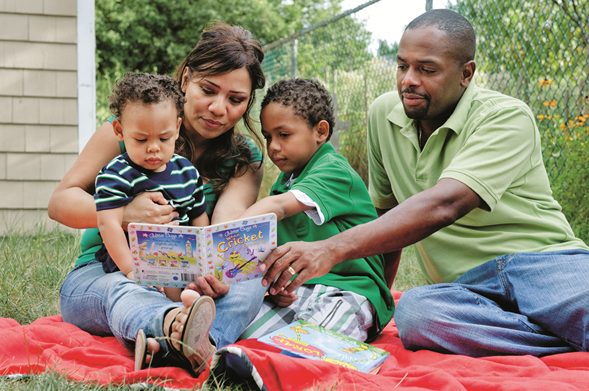
Days are getting longer and the weather is getting warmer, which means one thing: it’s almost summer vacation! While students are rejoicing, it can be a difficult time for parents as they try to prevent the “summer slide”. This refers to the possible learning setbacks that come as a result of time away from the classroom. Luckily, KC has numerous libraries and educational camps that combat the “summer slide”! We’ve put together a list for you of library programs, summer camps, and events to keep your kids reading this summer!
Library Programs:
Kansas City, Kansas Public Library
May 15th – July 31st
Kick-Off Parties: happening at all locations – check out when your branch is having theirs!
Highlights:
-Family Story Time
-Family Movie Nights
-Practice your reading skills with Reading Education Assistance Dogs
-Bilingual Craft Times
View more information.
Kansas City, Missouri Public Library
Kick-Off Party- May 26th at the Plaza branch with special guest, Jim Cosgrove
Highlights:
-Yoga Storytime
-Rockin’ Rob
-Exotic Animals R Us Visit
View more information
Mid-Continent Library
May 22nd-July 31st
Highlights:
-A Story Time with Royals Mascot, Slugger!
-Story Times for families, babies and toddlers, and Pre-Schoolers.
-A visit from the SEA LIFE Mobile Touch Tank
-Practice your reading skills with Reading Education Assistance Dogs.
Need more information? View the Mid-Continent Library Website.
Johnson County Public Library:
May 15th –July 31st
Highlights:
-Summer Storytimes
-Practice your reading skills with Reading Education Assistance Dogs
-Dinosaur O’Dell’s Build a Better World
-Family English-Spanish Storytime
-Marty the Magician’s Magic Workshop
View more information.
Olathe Public Library
May 22nd-July 31st
Kick-Off Party: Tuesday, May 30th, at 10:00 a.m. at Frontier Park in Olathe
Highlights:
-Story Time in the Park
-Family Chess Nights
-Practice your reading skills with Reading Education Assistance Dogs
-Family Movie Nights
-Find Fido Fridays
View more information.
North Kansas City Public library
May 27th – August 5th
Kickoff Party: May 27th
Highlights:
-Storytimes are offered 3 times a week (Monday @ 11:00 a.m., Tuesday @ 7:00 p.m., Wednesday @ 11:00 a.m.)
-Family Programs are every other Saturday at 11:00 a.m
-Mad Science will present their Build a Better World program.
-Bricks4Kids, a hands-on LEGO program
-Animal Tales
View more information.
Summer Camps:
BOOKISH From ABC Preschool
June 27-29
Through the minds and hearts of children, books will be a part of their lives forever. Bookish will open the cover of your child’s imagination by guiding their curiosity with a visit from a real book author, taking a field trip to a real library, writing & illustrating our own books, and delight bringing childhood classics to life with dramatic play.
View more information.
Upper Room:
June 5th – July 28th
Summer Camp Daily Schedule:
8 am – 3:30 pm: Academic instruction time. This includes English Language Arts (ELA) in the morning. Lunch is provided, and the afternoon consists of math and other academic enrichment activities. ELA & Math will be our primary focus during these hours.
3:30 – 6pm: Various recreation & enrichment activities are offered during this time until parents pick up their child. An afternoon snack is also provided.
View more Information.
Other Great Events:
Turn the Page Summer Reading Event
June 20th
Sprint Center
Join Turn the Page for a FREE summer reading celebration at Sprint Center! Mayor James and Turn the Page KC volunteers will lead an afternoon full of STEAM – science, technology, engineering, arts, and math – activities. Every child will take home a bag of FREE books and resources
View the Facebook Event.
Sylvester Powell Community Center
Ages 0-6 yrs.
5/1-8/28
M: 10:00-10:30am
Story Time with Miss Diann. Turn your preschooler into an avid reader before they even start school! Reading aloud to young children encourages learning development and helps prepare them for independent reading down the line. Miss Diann will read a story and help children participate in a fun art activity. Parents participation encouraged during art lesson and required for supervision during story time. $1/child, no class 5/29, 7/3
View more information
Barnes & Noble Summer Reading Program:
1.Read any eight books this summer and record them in this
Summer Reading Journal. Tell us which part of the book is your
favorite, and why.
2.Bring your completed journal to a Barnes & Noble store between
May 16th and September 5th, 2017.
3.Choose your FREE reading adventure from the book list featured
on the back of the journal
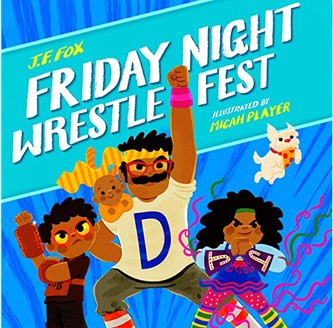

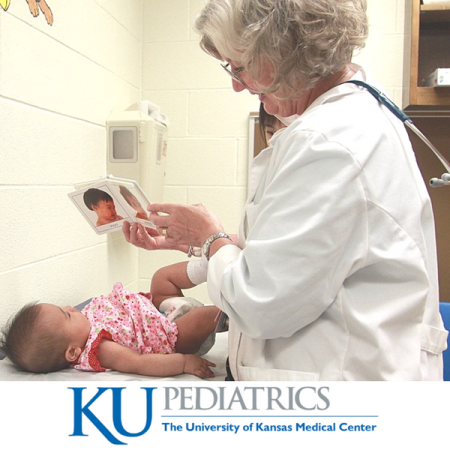
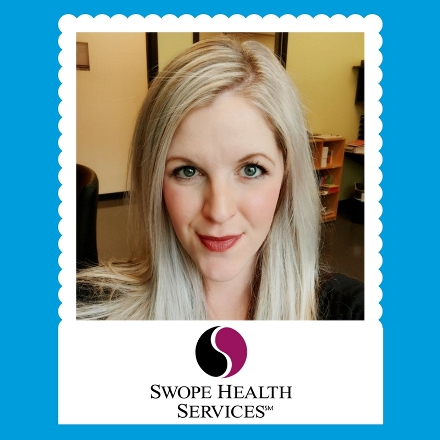
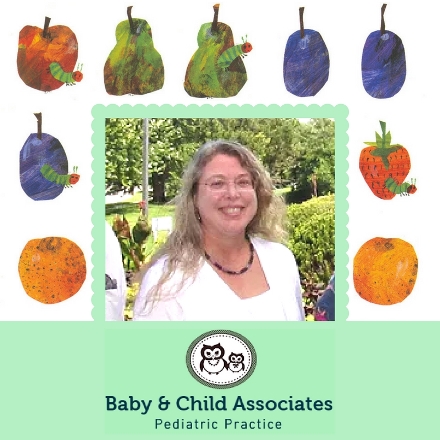
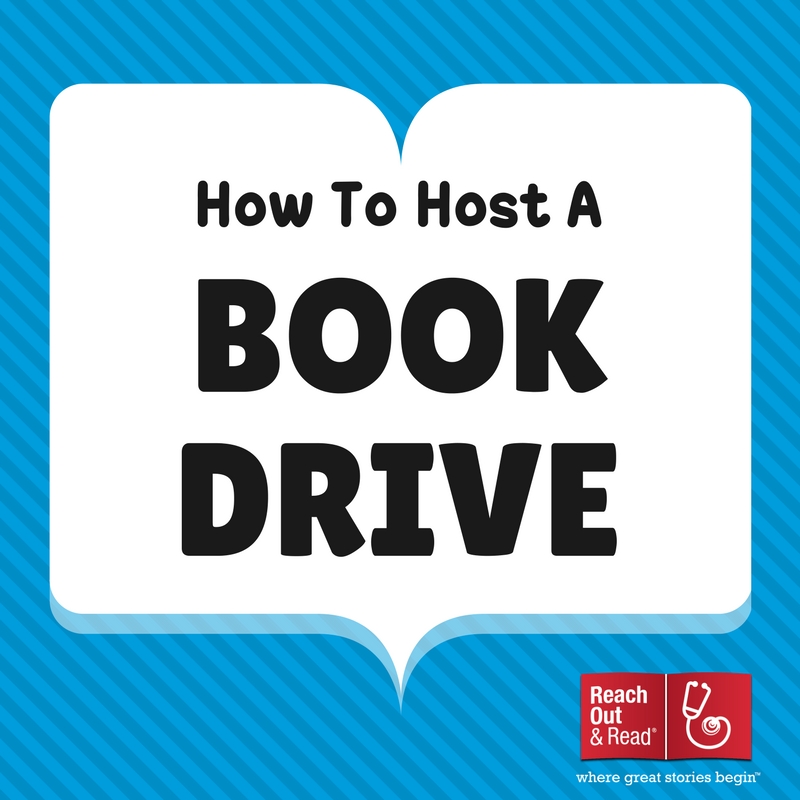
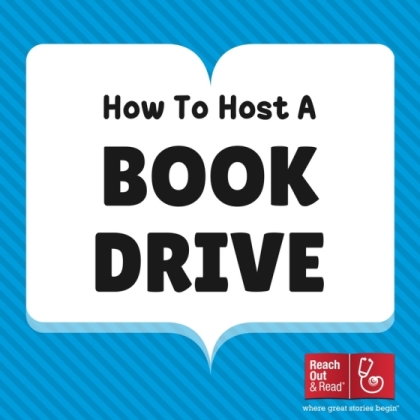 Hosting a book drive is the perfect way to make a difference in your community. A recent donor, Susan Mertz of
Hosting a book drive is the perfect way to make a difference in your community. A recent donor, Susan Mertz of 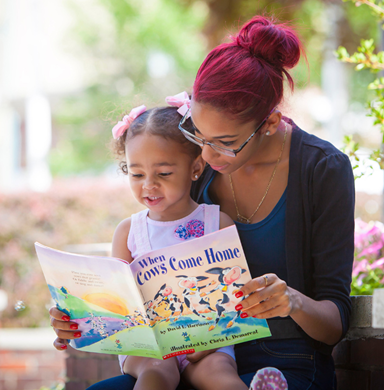
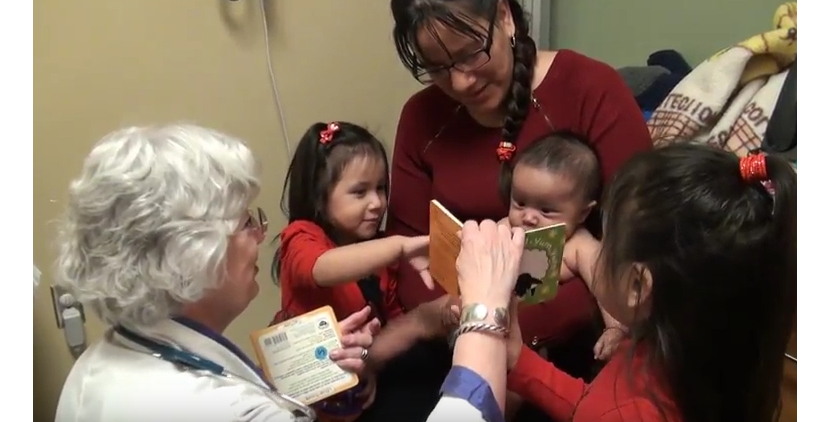
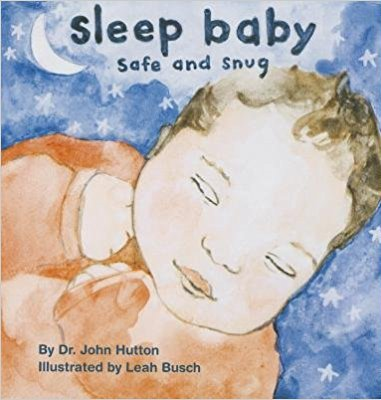
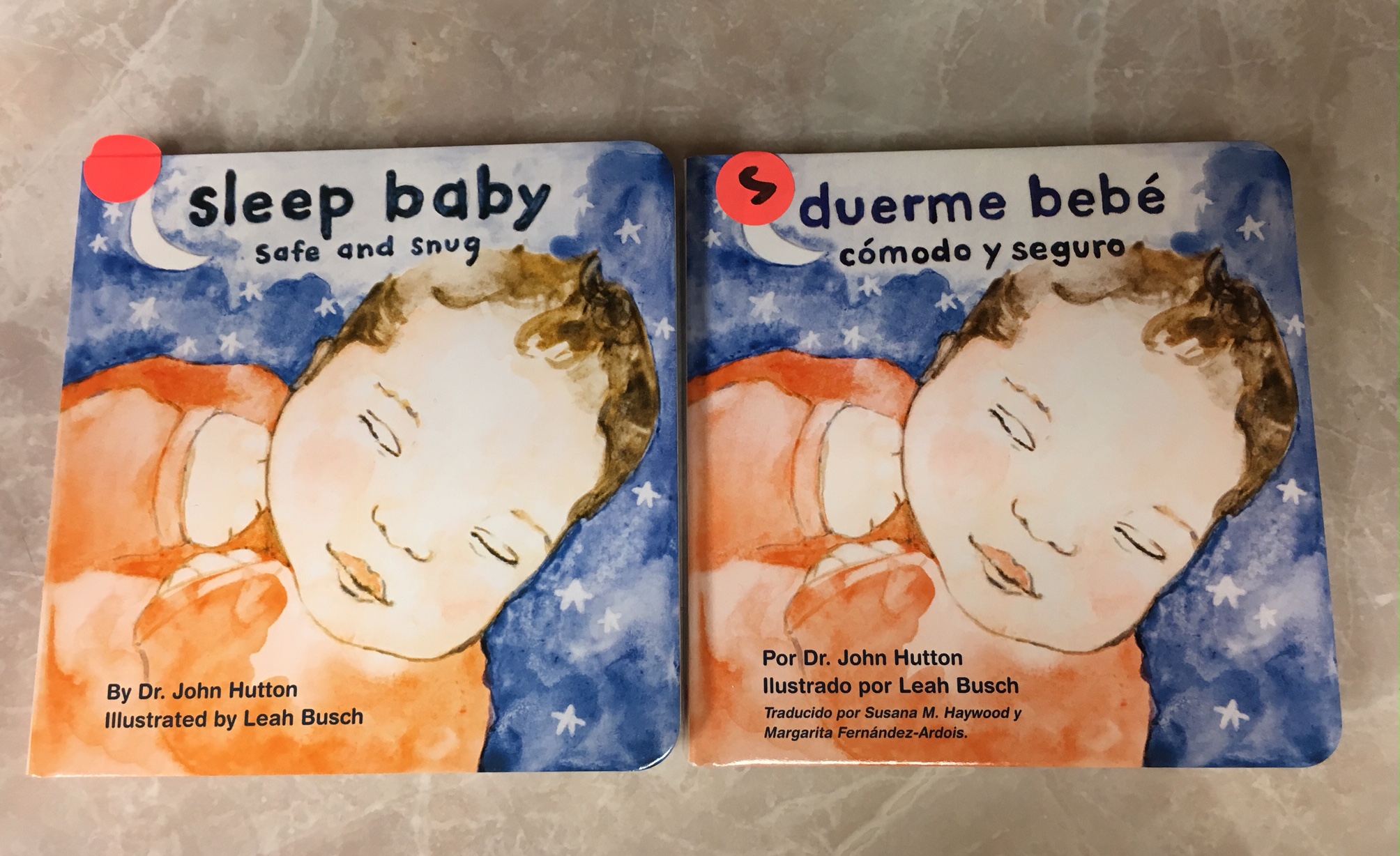
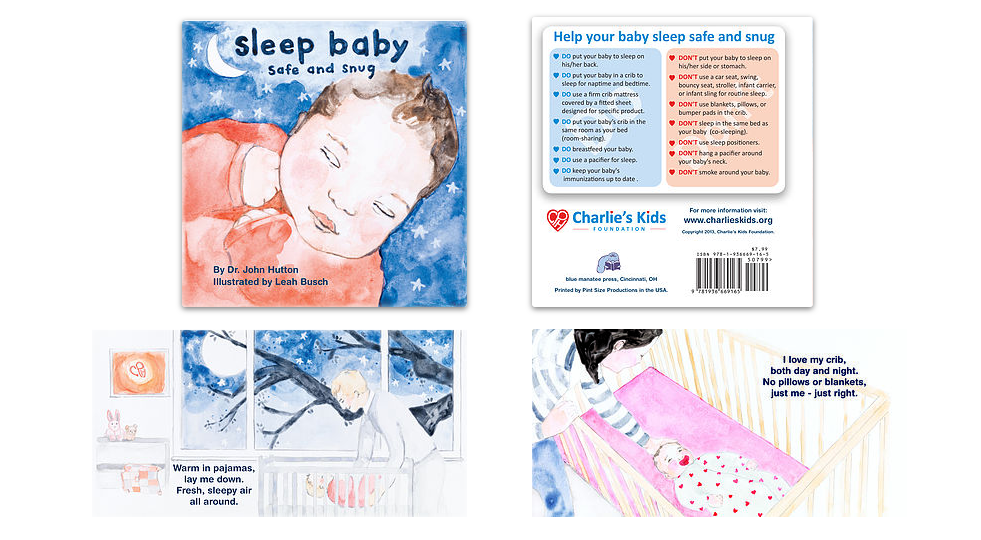
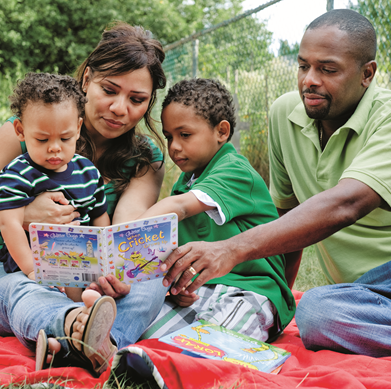

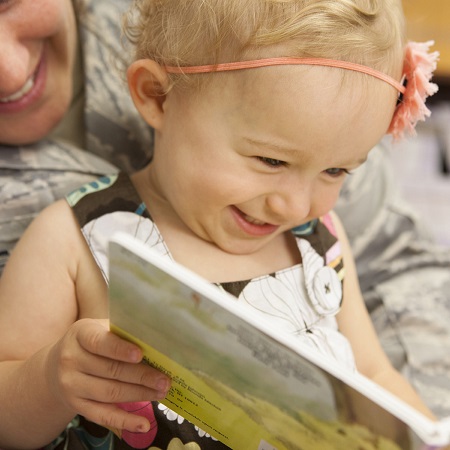
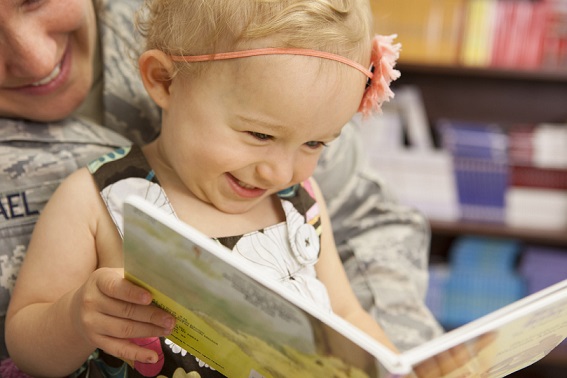 Reading books together helps babies create a foundation for lifelong learning by building skills that fluent readers take for granted. Babies have to learn that there are patterns in the sounds they hear, and that these sounds make words. They have to learn that the squiggly lines in books are letters and those letters make words. They also have to learn that there is a connection between those letters they see and the sounds they hear. That’s a lot of work for a baby! However, this connection, called print awareness, is one of the most basic pre-literacy skills and is absolutely necessary before a child can learn to read.
Reading books together helps babies create a foundation for lifelong learning by building skills that fluent readers take for granted. Babies have to learn that there are patterns in the sounds they hear, and that these sounds make words. They have to learn that the squiggly lines in books are letters and those letters make words. They also have to learn that there is a connection between those letters they see and the sounds they hear. That’s a lot of work for a baby! However, this connection, called print awareness, is one of the most basic pre-literacy skills and is absolutely necessary before a child can learn to read.
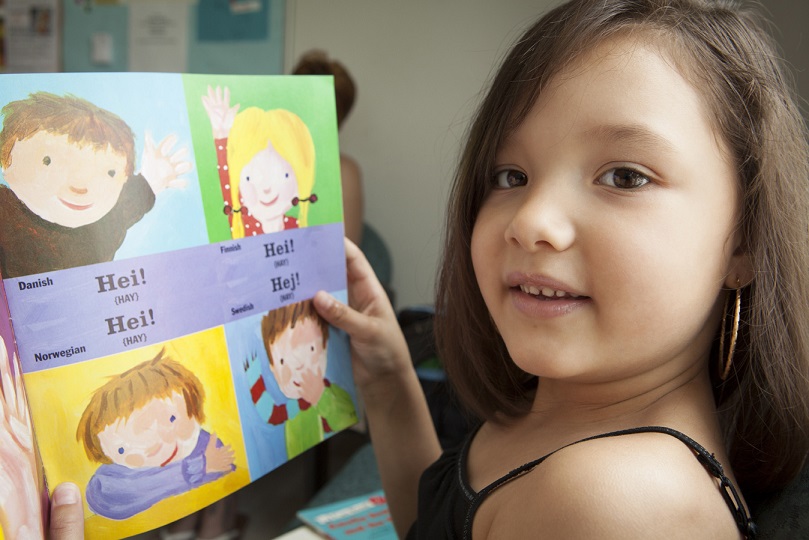
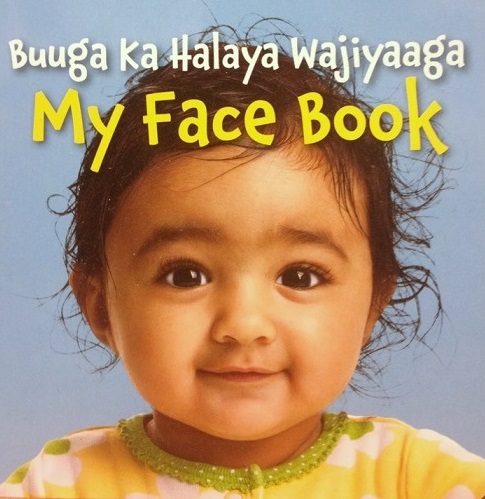


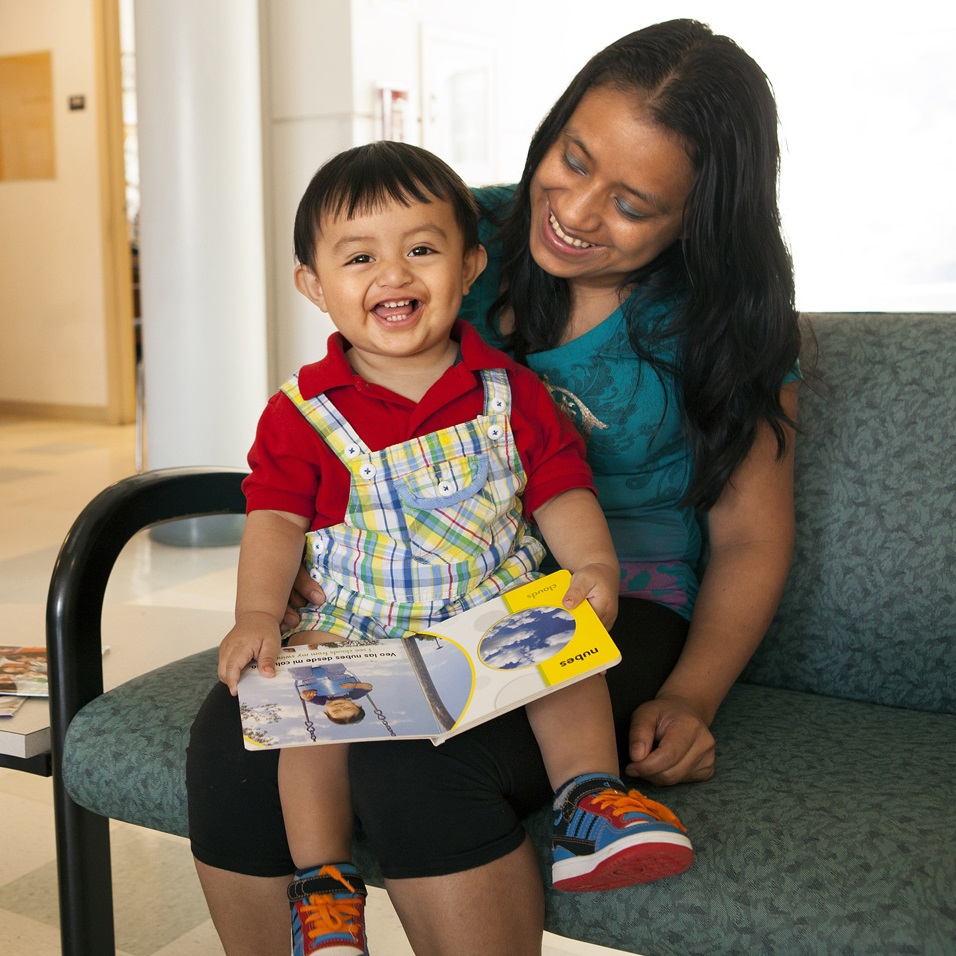
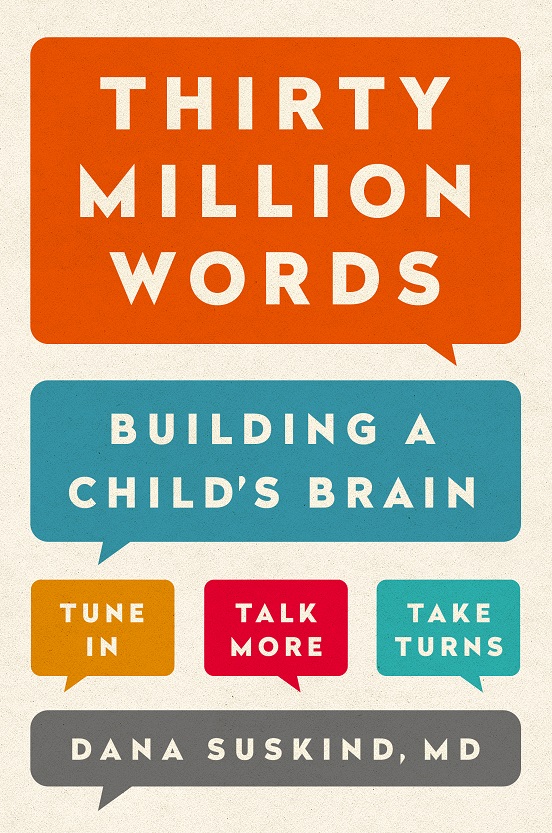 to think about when being in conversation with your children. She presents the research that explains importance of being in conversation with children in an easy to read and understand way, and reminds us of the impact that our conversations can have on children, both negative and positive.
to think about when being in conversation with your children. She presents the research that explains importance of being in conversation with children in an easy to read and understand way, and reminds us of the impact that our conversations can have on children, both negative and positive.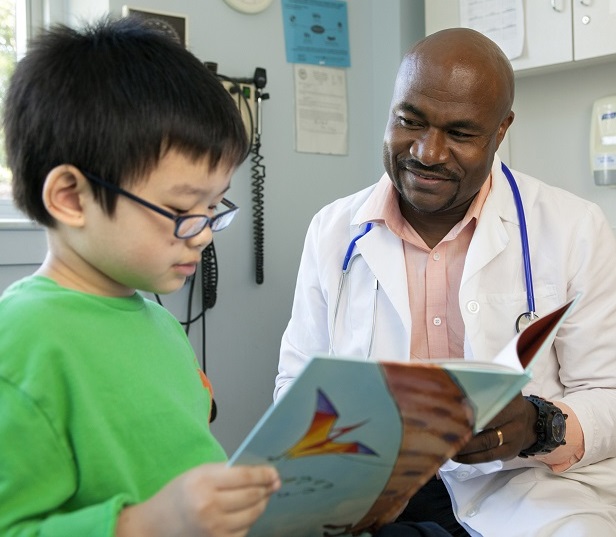


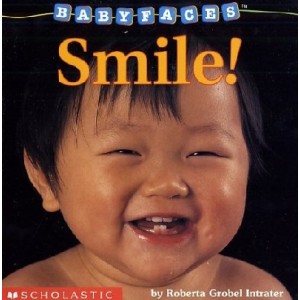


 Adolescent mothers are more likely to experience maternal depression. This is likely a cause of the elevated language delay for their children, since depression can impair a mother’s ability to be a responsive caregiver. Fortunately, reading aloud together encourages mothers to enjoy time spent with children while doing something fun and interactive, resulting in healthier attachments and reduced depression.
Adolescent mothers are more likely to experience maternal depression. This is likely a cause of the elevated language delay for their children, since depression can impair a mother’s ability to be a responsive caregiver. Fortunately, reading aloud together encourages mothers to enjoy time spent with children while doing something fun and interactive, resulting in healthier attachments and reduced depression.
